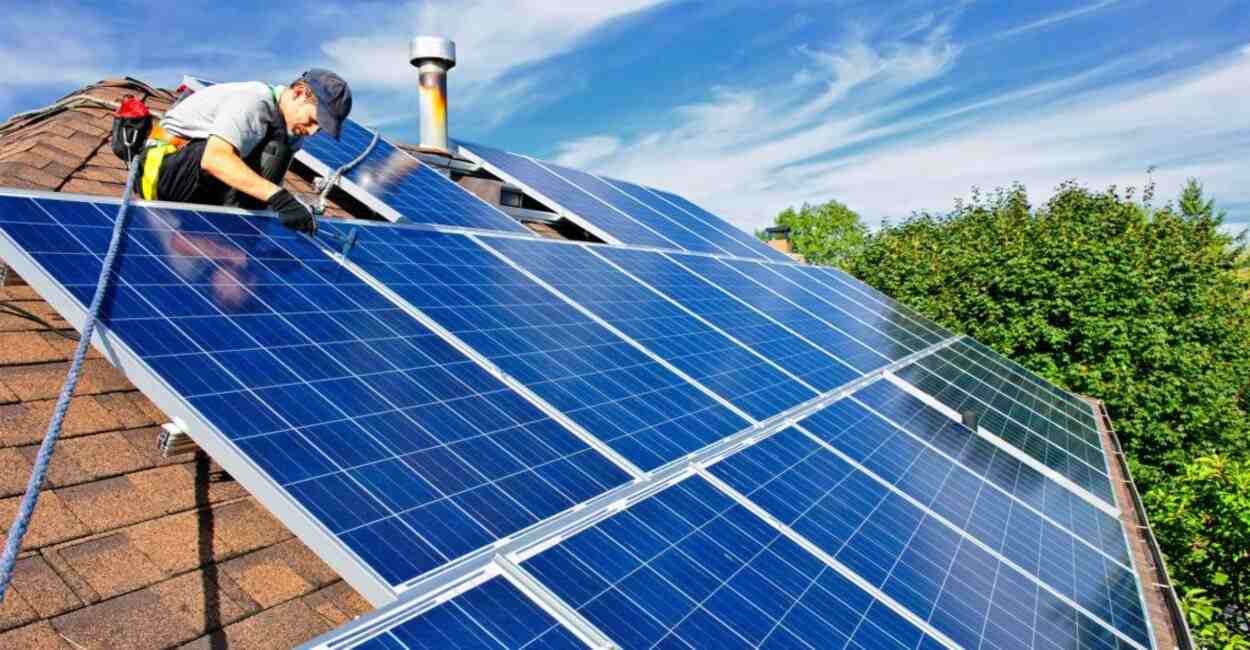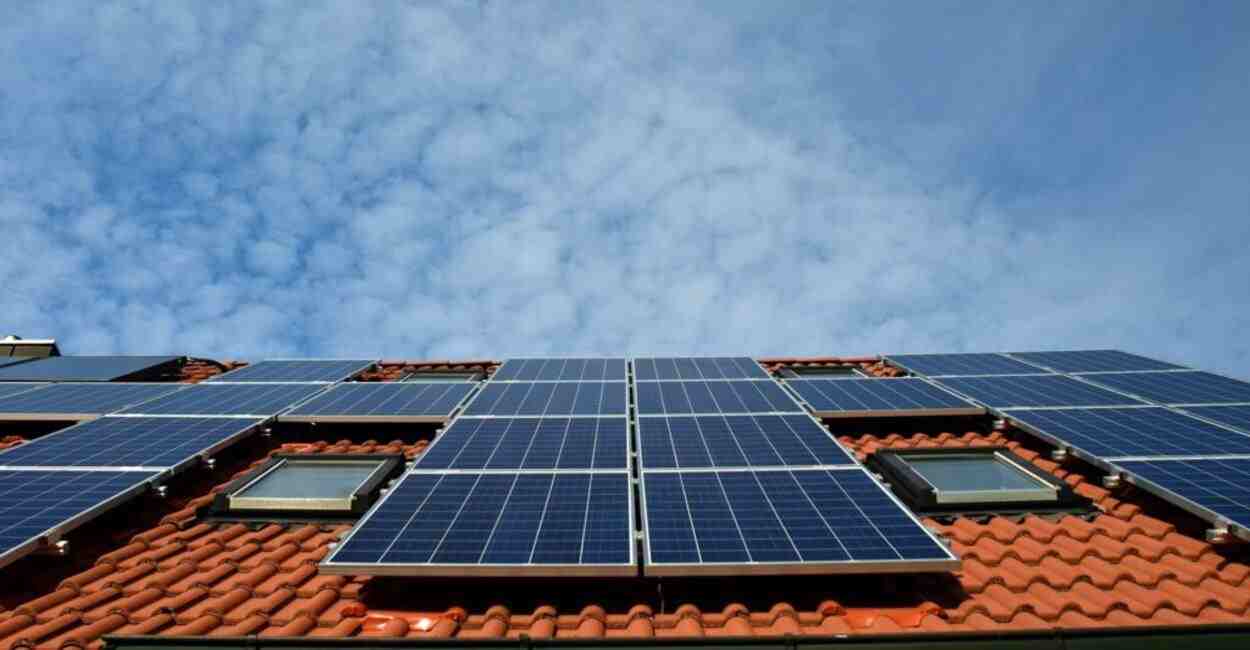Tips For Ensuring A High-Quality Solar Installation

The installation of the solar panel is a complex part to accomplish. Numerous factors must be considered when deciding to install a solar system. This includes how the system will look, how long it will last, whether maintenance can be completed, how the environment will affect the system, and how you need to label the system to ensure compliance. So, here are some of the Tips For Installing Solar Panels.
Design For Looks
A perfect solar installation might be willing to have less than-pretty things done to their home. Still, an ugly building will lower the house's value, annoy neighbors, and damage the perception of solar technology.
A good design must have the following:
• Each panel is the same color
• Edges of arrays are parallel to the edges of the roof
• Each array is aligned to the same height
• Conduits on the exterior are concealed
Design To Last
When selecting the components, it's essential to ensure they are appropriate for the installation. Each component should complement the other. If a critical component has half the expected life of different components, the system might fail before you wish it. To ensure the better operation of the system:
• Ensure component warranties are appropriate for the installation
• Understand failure points and eliminate them
• Follow local codes to ensure that the appropriate building for its geographic location
Design To Be Maintained Friendly
The designing of the solar system must be done so that there is enough room to perform work safely. From time to time, there is a requirement to remove a panel, access conduits, or work with other components. The brilliant design also ensures the proper workability of the system safety.
To help with this, the National Electrical Code, International Building Code, International Residential Code, and other standards help facilitate helpful guidelines for installing solar systems safely and efficiently.
Design For The Environment
Many environmental factors need to be addressed at the time of the installation of solar panels. These factors include some of the elements on the roof as well as wind, seismic activity, and sun levels.
Roof Structures
Residential and commercial buildings contain many things (chimneys, parapets, air conditioning units, etc.) that are essential for blocking specific sunlight. Always figure out the roof's structure before deciding on a solar system's configuration, maximizing the sunlight panels will receive. Another roof-related factor that needs to be taken into consideration is structural integrity. Installing an array helps in including extra weight to the roof. Thus, it becomes relevant to ensure that the top can support the variety. While doing this, other factors such as water, snow, and debris should be checked once.
Wind
The roof's shape and other architectural elements, like parapets, can affect the wind's force and levels. It's essential to understand the wind's behavior and how to best mount the panels to reduce the chance of damage or vibration from the wind. They made installation must be fixed properly, and for this understanding, the seasonal wind must be analyzed to maximize efficiency.
Seismic Activity
Seismic zones and building requirements can vary significantly depending on where you are installing the solar system. In high seismic zonal areas, installations should guard around the array to prevent it from falling to the ground during an earthquake. It is always essential for the owner to contact the local Authority Having Jurisdiction (AHJ) to ensure that the installation meets all required codes.
Sun Levels and Power Demand
When installing solar panels, the electricity demand is essential to understand within a given area. In some cases, it helps increase the value, better match the customers' needs, and reduce strain on the grid. The south-facing panels in these areas produce total power over the year, and west-facing boards have more energy during those peak demand times.
As with any installation, it's essential to understand the environment and how to maximize solar energy usage.

Labeling Your System
Before making the installation of a solar system, always the determination of which labels will be required. To help this, the National Electrical Code (NEC) has clarified labeling requirements for solar systems. In Article 690 of the NEC, the solar system details can be found. Some labeling requirements can vary depending on the system's configuration. Here are some of the needs of the system:
• Standalone systems
• Interconnected systems
• Back-fed overcurrent protection devices
• Solidly grounded systems
• Systems with rapid shutdown switches
How To Get Maximum Power From Solar Panels?
Under every environmental condition, solar panels perform equally. The users can adopt proactive steps to improvise the efficiency and output of their solar system layout or array. A few simple steps can ensure that you are getting the best return from your solar investment. Here we have mentioned four tips for maximizing the strength of your solar panels' output and increasing your energy savings.
How To Increase The Efficiency Of Solar Panel
• Invest in High-Quality Panels
• Choosing Better Technology
• Choose Trustworthy Installers
• Allow Air Flow Gaps
• Clean the Panels Properly
• Avoid Shadows
• Schedule Preventive Checks

How To Increase Solar Panel Voltage?
First, the question that arises in my mind is what voltage is. Voltage is the electrical pressure that pushes the flow of charged electrons, i.e. current, along an electrical loop. Increasing solar panel voltage can be increasingly yielded.
In solar panels, a small amount of electric voltage is generated when the sun's light hits the junction between a metal and a semiconductor (such as silicon) or the intersection between two different semiconductors.
• Voltage Output of Solar Panels.
• Increasing low Voltage output.
• 12V VS 24V Panels.
• Getting 240V from Solar Panels.
Tips For Using Solar Panels
Solar power is an effective way to reduce the amount of your electricity bill and your carbon footprint. This renewable energy resource can facilitate electricity which is more than the general requirement of the house. Solar power is reliant on the sun, so there are going to be days when you will need to use your solar as effectively as possible.
1. Install LED Lights
Using traditional light bulbs is ten times more powerful than LED light bulbs. Unfortunately, most energy is wasted on producing heat instead of light. Conventional bulbs, like incandescent bulbs, are far from as efficient and energy-smart as LED bulbs. The decision to replace these old light bulbs in your home with newer LED versions is the best thing to adopt.
2. Use Appliances During The Day
Most of us are still falling into our old energy consumption habits. This states that people aren't taking the time to think about overall consumption.
3. Stagger Your Electricity Consumption
Try to avoid making the utilization of heavy usage appliances running at the same time. Instead, think smart and act smarter. One will only have a massive drain on your solar system at a time, giving it time to replenish the energy as it is used. This is one of the ways of creating a greener home.
4. Clean Your Panels Regularly
Your solar panel installation will rely on the panels getting the most sunlight. With the passage of time, dirt, dust, and bird droppings will build over the boards, preventing them from working efficiently as they did in the beginning.
5. Clear Away Trees
The solar power system lasts for years if you take care of it properly. The existence of trees and bushes that are near the panels will continue to grow and possibly cover the panels. You need to keep a check on the boards to make sure that nothing is protecting them.
6. Monitor Your Usage
The only way to understand if your energy habits need changing is if you start monitoring your usage. It is perfectly normal to fluctuate seasonal usage, mainly when heating or cooling your home.
7. Add Batteries
Solar batteries are a great way to store solar energy for later use. It would be beneficial for the users if they need to use power in the late afternoons or evenings. You can draw on the stored energy from the batteries instead of paying the higher rates charged during these peak hours.
8. Use Smart Home Tech
With continuous technology enrollment, it becomes more competent to work. More brilliant tech is more efficient than older tech; it can be very beneficial to make utilization of the latest technologies. It includes smart light bulbs to timers for your water heater.
9. Check Windows and Doors
You would be scared to know how much heat your home loses through windows and doors. These areas typically have tiny gaps where air and heat can escape. From these areas, cold air enters the room from outside.
10. Change Your Behavior
Installing solar power in your home is the primary step we need to take to live a greener and more sustainable life on Earth.
Increasing Solar Panel Efficiency With Mirrors – Solar Reflector Panels
The research on the concept of solar reflector panels is still under the stage and is very promising for improving solar panel systems. Researchers in the USA and India have tried adding mirrors adjacent to the solar panels. These mirrors increase electricity production from panels by up to 30%.
Once the work was published in IEEE's Journal of Photovoltaic, it has been proved that the successful use of mirrors as reflectors in solar farms would help increase its energy output.
DIY Solar Installation
Do-It-Yourself (DIY) is the cheapest way to go because this includes less installation cost. Apart from the time and effort utilization, the installation is priceless! This would help save time and money. One can concern with their family or friends to help, or maybe even a local handyperson.
Conclusion
Installing your own solar panels has the potential to allow you freedom from the electrical grid, reduce the carbon footprint of your household or business and possibly reduce your electricity bills.

